At about 5,000 meters, it was over. My daughter, who walked in front of me, suddenly tilted sideways and spat out the little she had been able to eat in the last 24 hours. All her strength seemed to have disappeared from her body. Only about 300 meters difference in altitude were missing to Renjo La, from which – despite some clouds – an incomparable panorama with three eight-thousanders would have opened up to us: Mount Everest, Lhotse, Makalu. But suddenly the mountain pass had become out of reach. Our Nepalese mountain guide estimated the time my daughter would need in her condition to reach the highest point at two and a half to three hours – if she made it at all. And then another 500 meters down to Gokyo and a night at 4,800 meters.
High time to turn back. My daughter would probably have been a hot candidate for a (life-threatening) high-altitude cerebral edema. Finally she showed classic symptoms of acute mountain sickness: severe headache (also in the back of the head), nausea, vomiting, tickle of the throat, loss of performance. Actually, we should have pulled the rip cord much earlier. But who wants to give up an attractive goal? You don’t want to believe it, you reach for every straw that promises hope.
Twelve days of spitting
In Monjo, at the entrance to the Everest National Park, we had still shaken our heads over the unreasonableness of a Canadian. “I puked for twelve days,” the woman in her mid-forties proudly told us after her trekking to Everest base camp. “But I learned a lot about the culture of Nepal.” Probably, I suspected, she had taken daily – like many North Americans do at high altitude – Diamox or other emergency medications, as prophylaxis against high altitude sickness. Diamox is disputed due to its possible side effects. Among other things, it promotes the urge to urinate. So you have to drink even more fluid than you already do to dilute the blood thickened at high altitudes. And what do you do in a real emergency, if you have already taken a drug regularly before?
Up and down
After the first night in Namche Bazaar at an altitude of 3,440 meters, my daughter complained of a slight headache, after breakfast she had to vomit. After that she felt much better. Possibly, we thought, the porridge didn’t agree with her. In the afternoon, after a good four hours walk in a lodge in Thame at 3,800 meters, she bent again over the toilet bowl. At the very latest then it was clear to us that her body was struggling with the height. But we still had an acclimatization day in Thame ahead of us. After having taken an Ibuprofen tablet against the headache my daughter felt noticeably better the next day. During a small hike we climbed up to 4,200 meters. Everything seemed to be in order again.
Additional day
However, not 24 hours later this turned out to be an illusion. Shortly before our next destination, the village of Lungden at 4,380 meters, my daughter had to vomit again. We decided to abandon our original schedule and have another acclimatization day. Again the same pattern: With Ibuprofen she slept deeply and almost painlessly, in the next morning she managed the ascent to a view point at more than 4,700 meters symptom-free. So we were optimistic that we would be able to hike together to Renjo La the following day.
1,200 meters descent
We set off in the dark at five o’clock in the morning. After a while my daughter complained about headache getting worse again. After almost 600 meters of altitude she collapsed. We gave her half a Diamox tablet – really as an emergency drug – and set off for the descent. The following night we spent again in Thame, 1200 meters below our turning point. The thicker air worked wonders for my daughter: her appetite returned, and after eleven hours of deep sleep her headache had disappeared. This remained so for the next few days, when we climbed twice higher than 4,000 meters. And finally my daughter could really enjoy the fascinating mountain world of the Khumbu region.
Always have a plan B!
In retrospect, of course, I wonder what we could or should have done differently. An acclimatization day in Namche after she threw up for the first time? Then perhaps rather into the Gokyo Valley than to Renjo La? Or not just two, but three nights in Thame or Lungden? Anyway, hindsight is easier than foresight. But I can give you a tip: Take the first signs of high altitude sickness seriously! Don’t be too fixated on your original goal, have a plan B! Ours worked pretty well after the turning back. My daughter and I had some wonderful days at lower altitudes, with many great experiences and impressions. And the most important thing: We returned healthy from Nepal.
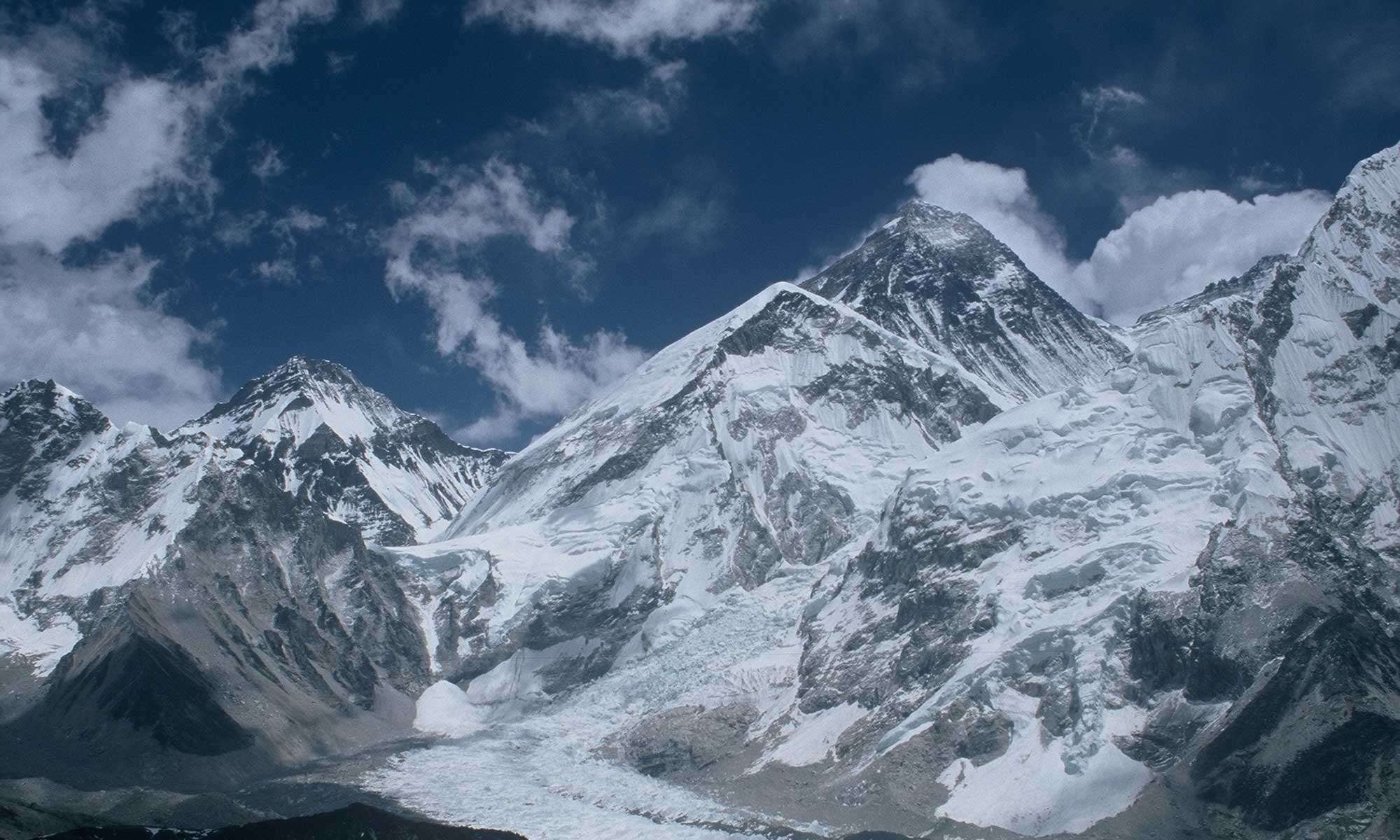
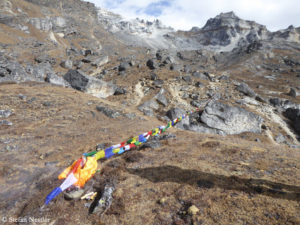
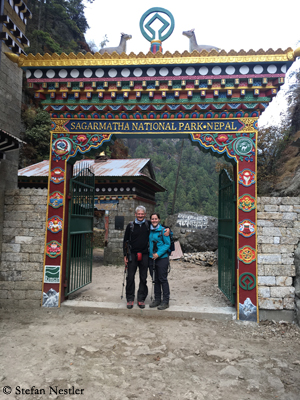
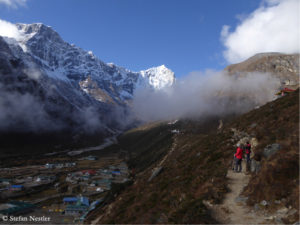
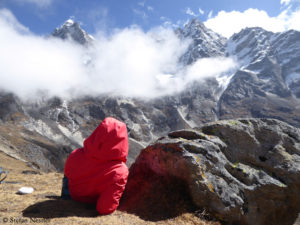

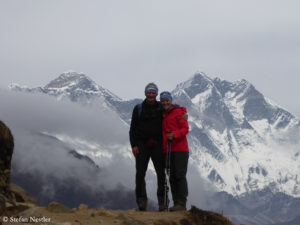
Another great article Stefan !!! Big ups from the mountains of northern New Mexico !!!